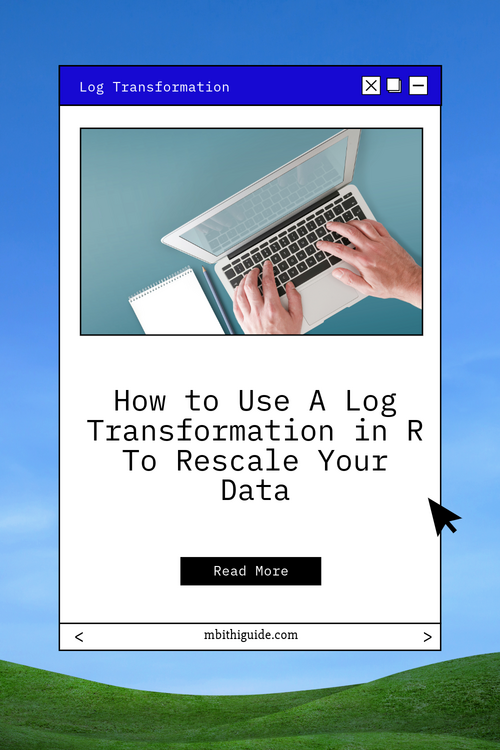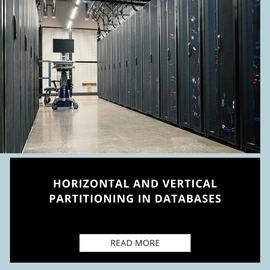Introduction
The tidyverse is a collection of powerful and interconnected packages in R that revolutionizes data manipulation, visualization, and analysis. Developed by Hadley Wickham, the tidyverse follows the principle of “tidy data” and provides a cohesive and efficient workflow for data scientists and analysts. In this blog post, we will explore some of the essential tidyverse packages and highlight their key features.

dplyr:
One of the cornerstone packages in the tidyverse is dplyr. It provides a consistent grammar for data manipulation and offers a set of functions optimized for speed and ease of use. With dplyr, you can effortlessly filter, arrange, mutate, and summarize your datasets. Its syntax, characterized by the use of intuitive verbs like filter(), arrange(), and mutate(), enables concise and readable code. Whether you need to select specific columns or group your data by a variable, dplyr has you covered.

ggplot2:
ggplot2 is another fundamental package in the tidyverse that provides an elegant and versatile system for data visualization. Inspired by the Grammar of Graphics, ggplot2 allows you to create complex plots with ease. Its layered approach enables you to add various components, such as data points, lines, and facets, to your visualizations. With ggplot2, you can generate stunning static and interactive plots, customize aesthetics, and produce publication-quality graphics effortlessly.

tidyr:
When it comes to reshaping and tidying your data, tidyr is an invaluable package in the tidyverse. It provides functions like gather() and spread() that allow you to transform data between wide and long formats. tidyr also offers tools for handling missing values, such as drop_na() and fill(), making it easier to handle real-world datasets. By using tidyr, you can efficiently clean, organize, and reshape your data, preparing it for further analysis.

purrr:
purrr is a functional programming package within the tidyverse that provides a consistent and intuitive approach to working with functions and vectors. It introduces a family of functions, including map(), reduce(), and walk(), which enable you to apply functions to elements of lists or vectors. purrr’s syntax promotes code readability and conciseness, making it an excellent choice for tasks involving iteration, such as applying complex calculations or modeling techniques to multiple subsets of data.

readr:
readr is a package within the tidyverse that focuses on efficient and user-friendly data import in R. It provides a set of functions designed to read and parse various types of data files quickly. readr offers significant improvements over base R’s read functions, such as read.csv(), in terms of speed and memory usage.
One of the key features of readr is its ability to automatically infer column types. It analyzes the data and intelligently assigns appropriate data types to each column, eliminating the need for manual specification. This automatic type inference saves time and reduces the chances of data import errors.
readr supports reading several common file formats, including CSV, TSV, and fixed-width files. It also provides options to customize the import process, such as skipping lines or specifying the column separator. With readr, you can easily import large datasets without worrying about memory constraints or performance issues.

stringr:
stringr is a powerful package in the tidyverse that facilitates string manipulation and text processing in R. It provides a comprehensive set of functions for pattern matching, extracting substrings, modifying string cases, and much more. stringr’s consistent and intuitive syntax makes it easy to work with strings and solve complex text-related tasks efficiently.
One of the standout features of stringr is its ability to handle regular expressions seamlessly. Regular expressions are a powerful tool for pattern matching and text manipulation, and stringr simplifies their usage. It offers functions like str_detect(), str_extract(), and str_replace() that leverage regular expressions to perform tasks like finding patterns in strings, extracting specific substrings, or replacing text with ease.
stringr also provides functions for string manipulation, such as str_split(), str_c(), and str_sub(). These functions enable you to split strings into substrings, concatenate strings, or extract specific portions of a string based on character positions. Whether you need to clean messy text data or extract specific information from strings, stringr equips you with the necessary tools.

tibble:
tibble is a modern and enhanced data frame implementation within the tidyverse. It provides an improved alternative to the traditional data.frame object in R, offering several advantages for data manipulation and analysis.
One of the notable features of tibble is its improved printing functionality. When displaying tibble objects in the console, it provides a more concise and readable output compared to data.frame. Tibbles only print a few rows by default, preventing overwhelming output for large datasets. Additionally, it displays the column names and data types clearly, making it easier to understand the structure of the data.
Tibble objects also have improved column subsetting behavior. In data.frames, subsetting a single column using the $ operator returns a vector. However, in tibbles, it returns another tibble with a single column, which retains the tibble structure. This consistency in subsetting behavior allows for smoother data manipulation workflows.
Furthermore, tibbles automatically preserve column names when performing operations, such as filtering or reshaping the data. This behavior eliminates the need to reassign column names explicitly after each operation, resulting in cleaner and more readable code.
Conclusion
The tidyverse ecosystem in R brings together a powerful suite of packages that revolutionize data manipulation, visualization, and analysis. With dplyr, analysts can effortlessly filter, arrange, mutate, and summarize datasets, while tibble provides an improved data frame structure that enhances data manipulation workflows. readr simplifies the process of importing and parsing various data file formats, stringr empowers efficient string manipulation and text processing tasks, and ggplot2 enables the creation of stunning visualizations. Finally, tidyr simplifies reshaping and tidying data, ensuring it is in a suitable format for further analysis. Together, these tidyverse packages equip data scientists and analysts with a cohesive and efficient toolkit to tackle complex data tasks, streamline workflows, and unlock insights from their datasets.







